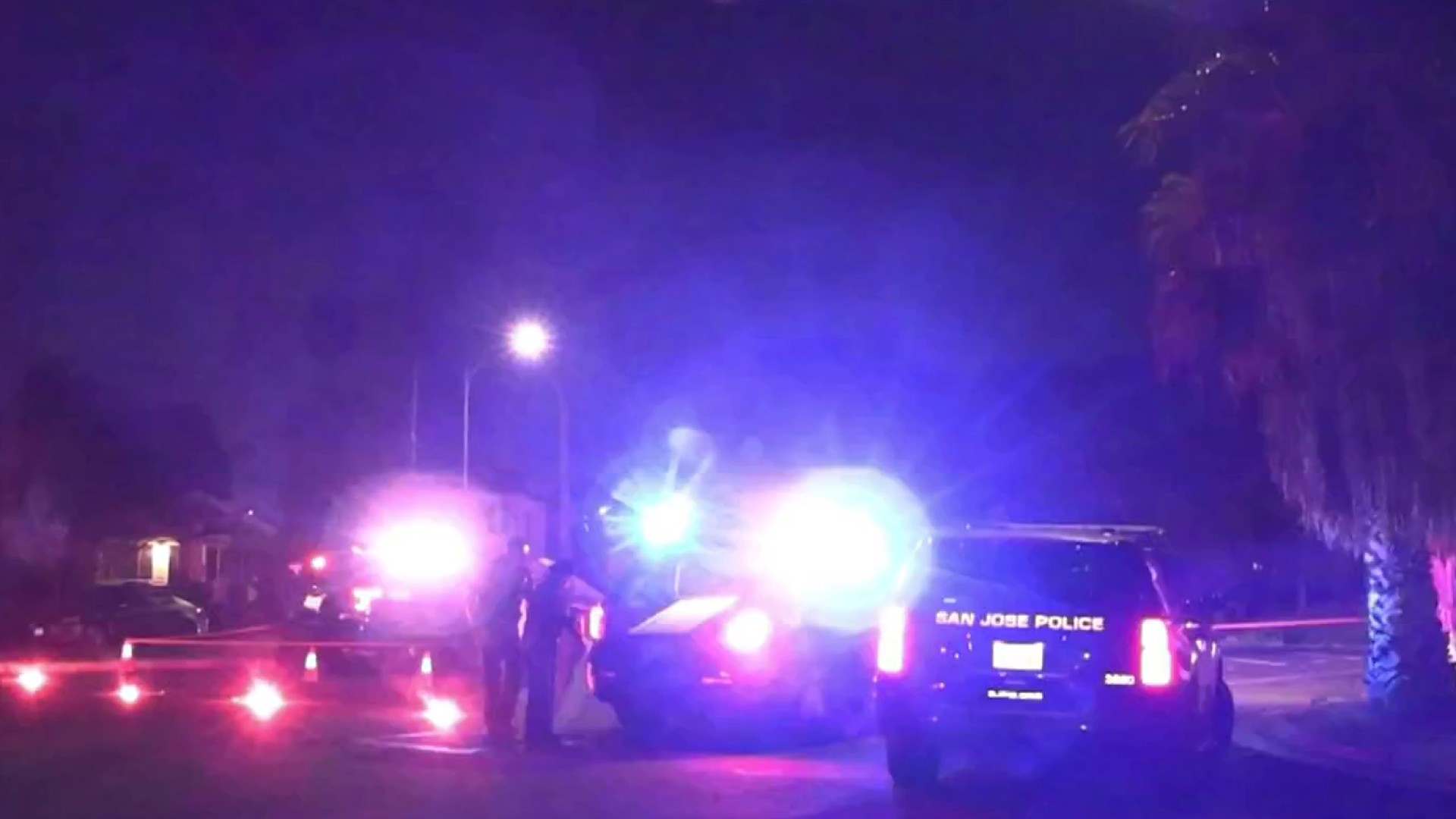PG&E told a federal judge Wednesday that inspections done after mass power shutoffs earlier this month uncovered 56 instances of damage that could have sparked wildfires across its territory.
In an accounting to U.S. Judge William Alsup, the company said it identified 44 cases where vegetation contacted its lines and would have likely caused arcing and sparks. PG&E also identified 12 cases of wind-related equipment damage that could have caused arcing and sparks. There were 62 additional cases where PG&E identified damage that it said would not result in arcing or sparks that can trigger wildfires. The numbers are limited to the Oct, 9 shutoffs, the company said and stressed that in some cases it was not able to say whether the damage could have sparked a fire.
The company also noted that the count is preliminary, and additional findings may be delayed by planned public safety power shutoffs.
“[PG&E] intends to continue working with all key stakeholders to minimize, to the extent possible, the hardship caused by” shutoffs, the company said.
Overall, PG&E now says it has found more than 300 problems this month in post shutoff inspections.
A former state regulator said Wednesday all the problems suggest the company has not been living up to years of safety commitments to the state’s Public Utilities Commission.
Local
“Part of the problem is that PG&E is not acting like the learning organization that the PUC ordered it to be,” said Catherine Sandoval, who served on the commission in the aftermath of the San Bruno and is a law professor at the Santa Clara University School of Law.
“PG&E needs to figure out what is the root of the problem and fix it -- and fix it promptly -- and identify is this problem a one off with a particular tower or is it a systematic problem?” Sandoval said in an interview Wednesday. “That's what's missing and what we need to do to keep us safe today."
One problem, she says, is that the company is not carrying out reliable inspections.
PG&E’s CEO, Bill Johnson just acknowledged that the company had checked the very component of the transmission tower suspected of sparking the Kincade Fire this year – a jumper cable that sends power around the structure of the tower on Kincade Road.
“The jumper cable was inspected and there’s a specific note that says it was in good condition,” Johnson said late Tuesday at a shutoff status briefing.
Johnson was not able to explain why the cable that had passed that inspection could have snapped months later. But he said that the four problems inspectors did find were rectified, although the tower still needed to be painted at the time of the fire.
The utility opted to leave the power on to that transmission system, while turning off power to distribution lines nearby. Johnson has said that the winds were not strong enough to merit a transmission shutdown.
Mark Quinlan, commander of PG&E’s shutoff effort said Wednesday that a total of 214 problems were found during the two latest shutoffs it did order late this month
“We’re finding wires down, we’re finding broken poles and we’re finding vegetation into our lines,” he said in a media briefing
Sandoval, who left the commission in 2017, says what is needed now is a coordinated plan to deal with the immediate and long term fire danger that PG&E has shown it can’t address alone – and to make sure the company is meeting its safety promises, including cutting trees and properly managing its aging power poles.



